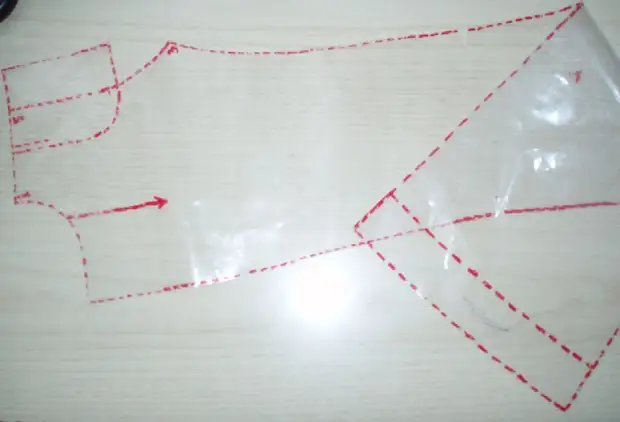Whatever spoken, I still cook the fabric to a disclosure according to my own, once and forever developed rules. And maybe that's why neither tissue, nor the stuffed things have never let me down.
Rule 1.
Any fabric, except skin and suede, you need to wash. Natural silk, for example, or flax - practically in boiling water, wool, even a coast drape - in water at a temperature of about 35 degrees. Ideally - you need to "detect" it's all in a washing machine in fast washing. There are three consequences set as a result of this it would seem a raised act:1) The cloth gives the maximum shrinkage and no longer sees, so the thing can be erased at home, which I am safely and do no first year;
2) You are convincing that the fabrics declared as natural, really natural, as the real silk is not afraid of boiling, only without bleaching, as well as Len, and when ironing he smoothes a hundred pounds;
3) There is a natural molting of the fabric, due to which the risk of molting and mutual repainting of things during joint washing is reduced.
Rule 2.
Do not regret the soap with a crawling thin tissue.
When natural silk, and especially chiffon or satin, already "planted" in accordance with rule 1 and have not been dry, they need to be densely, very thick - like when the patient has a patient with a pediculose. And there will be more soap on the fabric, the same you will be easier . We press the moisture with your hands from the fabric and lay it on an old fat blanket, straight on the floor folded twice as necessary when you are walking and let's dry. Iron smoothed and get ... practically a sheet of paper-tissue. Soap acts as temporary starch, only much better than the impregnation of the fabric, which was kept in an incomprehensible tissue.
With the coat of such frills do not need, of course, but if it is thin - you can try. This soap starch, oddly enough, does not interfere, but cuts are not tremended, the pins do not express, the fabric when laying the patterns and is not chosen, although it is folded by slippery parties to each other (especially natural silk satin). And when you get the finished thing, it suddenly appears so suddenly beautiful, and the soap divorces, even roasted, does not remain.
Rule 3.
Only rigid polyethylene for grids. In order for the patterns of you not to inflate, they must be comfortable in work. Cataca can be annoyed by his rustling, it is generally silent about her "coagulation". We go to the store for gilders, buy a meter 3-4 five-year-old film for greenhouses and remove patterns from magazines with a simple ballpoint handle. These patterns are stored not as an example longer and better than everyone else, because of their transparency, the fabric is clearly visible and manipulated them on the canvas is very convenient, they do not rush and all that is so different.Rule 4.
Paint the fabric with markers. No need to faint. I know what I say. Buy Wheel Flomasters of Craw Brand, Special Baby, Environmentally Friendly, They are abandoned even if you jeighted a drawn line with an iron with an excrement.
Rule 5.
Better: Gorgeous fabric + simple cut = one good thing than a bunch of rags from a cheap with frills.

